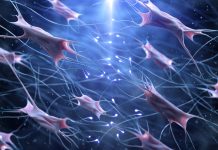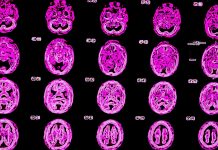Researchers have unveiled a new machine-learning approach to predict drug-accurate interactions
Using tissue models and advanced machine-learning algorithms, the team has devised a method to identify potential drug interactions, enhancing patient safety and treatment efficacy.
The study was published in Nature Biomedical Engineering, MIT, Brigham and Women’s Hospital researchers, and Duke University conducted the research.
How do drugs usually work
The human digestive tract is a complex system where orally administered drugs must navigate through various pathways to be absorbed effectively.
Central to this process are transporter proteins lining the gastrointestinal (GI) tract, which facilitate the passage of drugs into the bloodstream.
However, understanding which transporters individual drugs utilise has been a longstanding challenge in pharmacology. Lead author Giovanni Traverso, an associate professor at MIT and gastroenterologist at Brigham and Women’s Hospital, explains, “One of the challenges in modeling absorption is that drugs are subject to different transporters.”
Making drug interactions safer for everyone
By uncovering these transporter-drug interactions, researchers can pinpoint potential medication conflicts that could compromise treatment outcomes.
The team’s approach involves a two-pronged strategy. First, they utilise tissue models developed in 2020 to simulate drug absorption in the lab. By selectively inhibiting specific transporters using short RNA strands, researchers can pinpoint the roles of individual transporters in drug absorption pathways. This experimental setup provides valuable insights into drug transport mechanisms across the GI tract.
Next, the researchers employ machine-learning algorithms trained on experimental data and drug databases to predict potential drug interactions.
The model can accurately forecast interactions with specific transporters by analysing chemical similarities between drugs. This predictive capability allows for screening both existing and experimental drugs.
Using machine learning
The identification of an interaction between the antibiotic doxycycline and the blood thinner warfarin. Data analysis from patient records confirmed that co-administration of these drugs led to fluctuations in warfarin levels in the bloodstream.
The model identified interactions between doxycycline and other medications such as digoxin, levetiracetam, and tacrolimus, highlighting previously unrecognised drug interactions.
“This kind of approach gives you the ability to understand the potential safety implications of giving these drugs together,” says Traverso. Besides improving the safety of existing drug combinations, this approach holds promise for optimising the development of new drugs.
Enhancing the safety of future medication
By fine-tuning drug formulations to minimise interactions or enhance absorption, researchers aim to enhance the efficacy and safety of future medications.
Vivtex, a biotech company co-founded by MIT researchers, is at the forefront of applying this technology to develop innovative oral drug delivery systems.
Integrating tissue models and machine-learning algorithms offers a powerful tool for predicting drug interactions and optimising patient treatment. With further refinement and application, this approach promises to enhance the safety and effectiveness of pharmaceutical therapies.
Editor's Recommended Articles
-
Must Read >> The expansion of potential Alzheimer’s drugs














